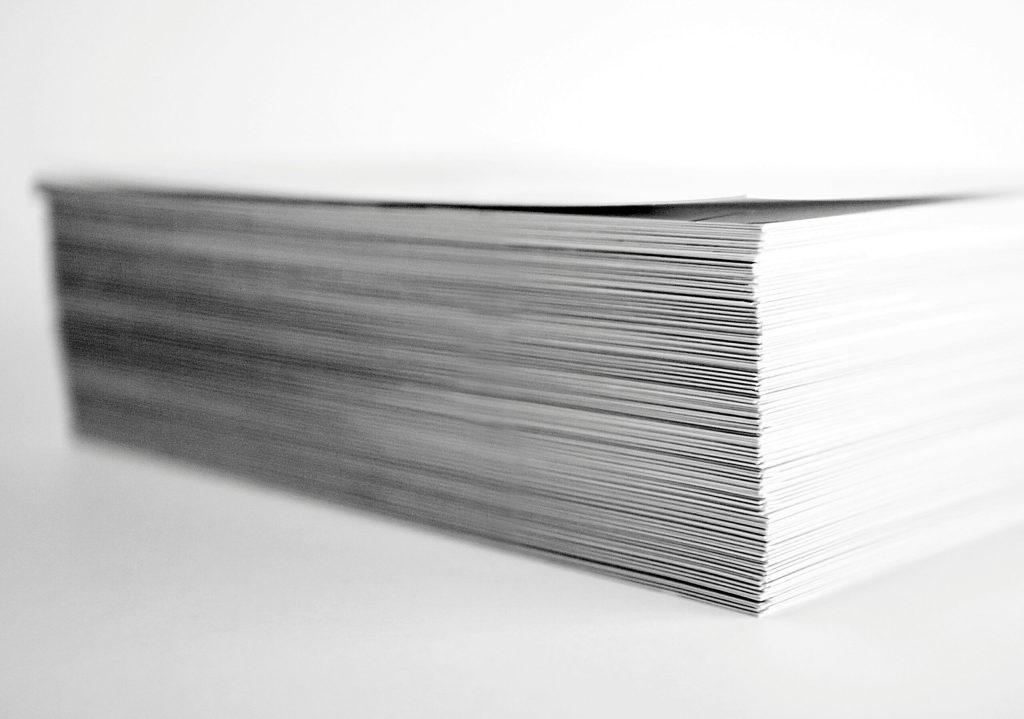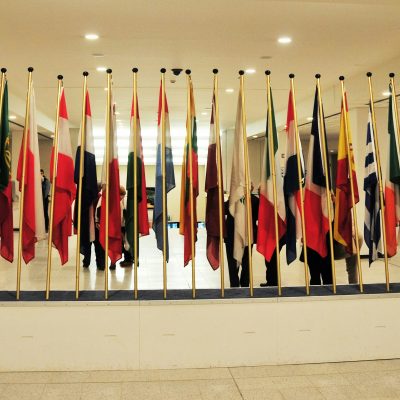White Paper: what prospects for a European armament policy?

Under pressure from the Member States, the European Commission has once again taken the initiative and put forward new proposals to encourage them to further increase their defence spending, under the slogan: “Spending more, spending better, and spending together”. These proposals were formalised on 19 March in a White Paper on European defence, which sets out the strategic framework within which Europeans must invest in their defence from now on, and in a REARM Europe plan that opens up new tools to help States finance these investments.
Without going into all the details of these documents, here are the key points to bear in mind, as they represent undeniable progress on the road to an integrated European defence.
I At last, a European White Paper on defence…
Some will be delighted to see this long-awaited document finally published. Others will criticise its content as falling far short of what is contained in national strategic reviews. Without taking sides, the following important points should be noted:
- The title has been changed from “the future of European defence” to “For European Defence readiness 2030”, i.e. with a fixed deadline introducing a planning logic.
- This is a relatively short document (22 pages) which does not repeat the lengthy developments that characterised the 2021 Strategic Compass. The sections devoted to the geostrategic context and partnerships with third countries are short (less than 2 pages each). The reference to “NATO, a keystone of European security” is not absent, but it is less visible and remains at a political level.
- A list of priority capability shortfalls is proposed, less extensive than the usual catalogues. It includes (unsurprisingly…): air defence, artillery, ammunitions, missiles, drones and anti-drone, and electronic warfare. Also mentioned: military mobility, critical infrastructure protection and strategic enablers (intelligence, space, air transport and refuelling,…).
- There is an unavoidable paragraph on the urgent need to increase defence budgets and another on the need to simplify procedures for accessing EU funding (“Defence omnibus’).
- But the main developments are focused on industrial aspects. The White Paper endeavours to demonstrate the added value that greater harmonisation of defence procurement within the EU would bring: economies of scale and savings (linked to the defragmentation of markets), industrial competitiveness and integration, shared dual-use infrastructures, interoperability, etc.
- In the proposed collaborative approach, support for Ukraine remains a central theme, with full inclusion of this country’s industrial capabilities. Described as “the world leading defence innovation laboratory”, Ukraine is seen as a full partner whose technological and production capabilities should benefit the entire European industrial base.
All in all, the White Paper that the Commission has just proposed is above all ambitious, and in part innovative, in terms of armaments policy. It provides a well-argued introduction to the new funding instruments – the REARM plan and its SAFE programme – that the EU could now put in place to implement its guidelines.
The link between the White Paper and REARM highlights the two stages of the proposed approach: the first is to increase the production capacity of European industry to help the Ukrainian armed forces in means corresponding to its needs, but also to strengthen the technological competitiveness and autonomy of companies in the sector so that they can develop the capacities for European defence in the longer term.
II Real issues: the REARM plan and its SAFE programme
Set in a fixed 7-year multi-annual framework, the EU budget does not allow substantial new resources to be made available along the way. The spectacular €800 billion announced as part of REARM is therefore based primarily on debt:
- 650 billion of new debt that would be authorised for military spending in derogation of the criteria of the EU Stability Pact. For countries such as France that are already heavily indebted, it is unlikely that any significant use will be made of this new flexibility. For Germany, on the other hand, this unblocking may open up prospects, since the 1% national debt limit has just been abandoned.
- Under SAFE, on the other hand, 150 billion will be borne in loans by the EU, which will reallocate these credits, in the form of cheaper debt, to those countries that request it and meet “European” conditions. This 150 billion (3 times France’s annual defence budget…) is certainly the most interesting part of the plan, since it is based on a pooled loan at EU level, as was done for the post-Covid recovery plan, and will be disbursed subject to shared ruling imposed to Member States. But it’s still debt…
The conditions governing access to this exceptional €150 billion fund are important: on the one hand, it can only be used for joint procurement between several Member States; on the other, it will be reserved for purchases of equipment developed and produced in Europe by European companies. The use of this envelope, which is desirable, will therefore have a direct impact on the procurement policies of Member States, which will be encouraged to pool their equipment purchases, and will stimulate the European defence industrial base by decompartmentalising national markets.
Finally, the proposed scheme to encourage joint purchases is open to Ukraine and Ukrainian industry. In practice, this means that Member States will be able to benefit from the subsidised funding by including requests expressed by Kiev or a Ukrainian industrial contribution to the production of the equipment. Under this particular instrument, Ukraine is practically treated as a Member State. Given the growing strength of the Ukrainian industrial base, this combination could have a decisive effect on the sector as a whole, which will also benefit from a dynamic fueled by operational feedback from the Ukrainian army.
Provided they are implemented4, these initiatives by the European Union in the long taboo area of defence will be real advances that could significantly alter the usually national ecosystem in which arms companies develop. Acting through programmes that are often long-term, these companies will not be in a position to immediately replace in all segments the American suppliers, who partially dominate the European market. But they will have to adapt to this new framework, which may open up larger markets for them, through increased budgets and joint orders. This development, which will no doubt be confirmed by direct funding in the EU’s next multi-annual budget after 2027, could also lead to consolidation in a sector that is currently excessively fragmented due to national barriers.




